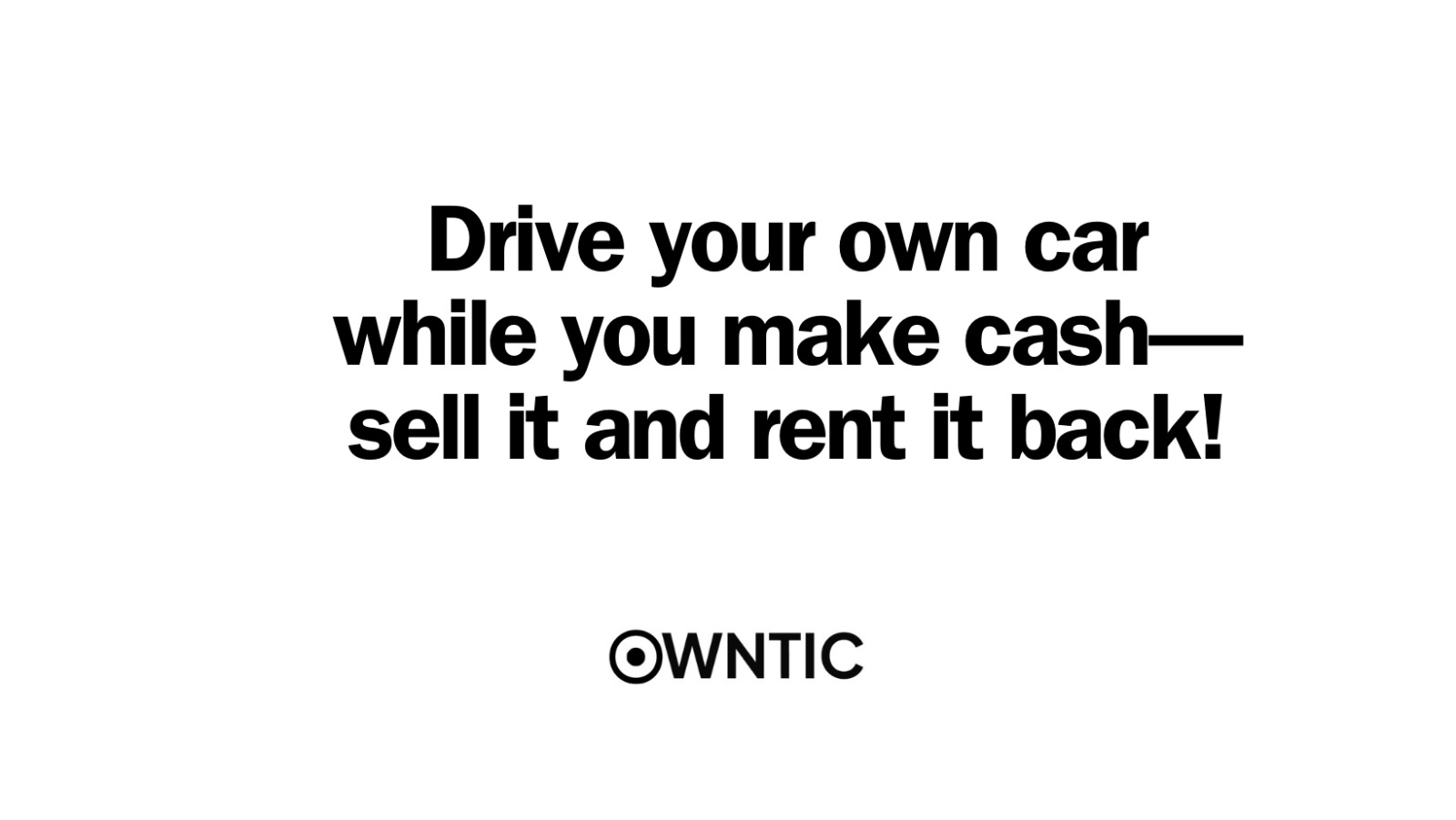Buying a car is a thrilling milestone, marking the beginning of new adventures. While the price of a car has always been a hurdle, the availability of loans has made car ownership more accessible. However, navigating car financing can be overwhelming. From interest rates to loan terms, many factors affect securing a loan that suits your budget and goals. Here are 7 tips to negotiate car financing terms effectively:
Know Your Credit Score: Understand your credit score before negotiating. A higher score often translates to better terms. Review your credit report for accuracy and address any discrepancies.
Explore Options: Don’t settle for the first offer. Research financing options from banks, credit unions, online lenders, and dealerships to find the best deal.

Get Pre-approved: Being pre-approved gives you leverage. It establishes a clear budget and shows dealerships you’re a serious buyer, aiding negotiations.
Focus on Total Cost: Don’t just consider monthly payments; factor in the total cost, including interest over the loan term.
Negotiate Interest Rates: Research market rates and negotiate with your lender. A strong credit score can further aid negotiations.
Beware of Add-ons: Carefully assess dealership add-ons like warranties and insurance. Don’t feel pressured into unnecessary purchases.
Review Loan Terms: Before signing, thoroughly understand all terms and conditions. Clarify any doubts to ensure you’re fully informed.
While car leasing offers some advantages, there are also several drawbacks to consider:
Limited Mileage: Most car lease agreements come with mileage restrictions. Exceeding these limits can result in hefty fees at the end of the lease term. This limitation can be particularly challenging for individuals with long commutes or those who frequently travel.
No Ownership: Unlike purchasing a car, leasing does not result in ownership at the end of the lease term. This means that you’re essentially renting the vehicle for a set period, and once the lease term expires, you must return the car to the leasing company without any equity gained.
Continuous Payments: Lease payments are ongoing expenses, similar to renting an apartment. Once the lease term ends, you don’t have any ownership stake in the vehicle, and if you wish to continue driving a leased car, you must enter into a new lease agreement or lease a different vehicle.
Additional Fees and Charges: Lease agreements often come with various fees and charges, including but not limited to, acquisition fees, disposition fees, and excess wear and tear charges. These additional costs can significantly increase the overall expense of leasing a car.
Restrictions on Customization: Lease agreements typically prohibit significant modifications or customizations to the leased vehicle. This can be a disadvantage for individuals who enjoy personalizing their vehicles or making alterations to suit their preferences.
Early Termination Fees: Terminating a car lease early can result in substantial penalties and fees. Life circumstances can change unexpectedly, and if you need to end your lease before the agreed-upon term, you may incur significant financial repercussions.
Cost Over Time: While lease payments are often lower than loan payments for purchasing a vehicle outright, leasing can be more expensive in the long run. This is because you don’t gain any equity in the vehicle, and you’re continuously making payments without the prospect of ownership.
Insurance Costs: Insurance premiums for leased vehicles can be higher than for owned vehicles. Lease agreements typically require higher levels of coverage, including comprehensive and collision insurance, which can increase insurance costs.
Thanks for reading



